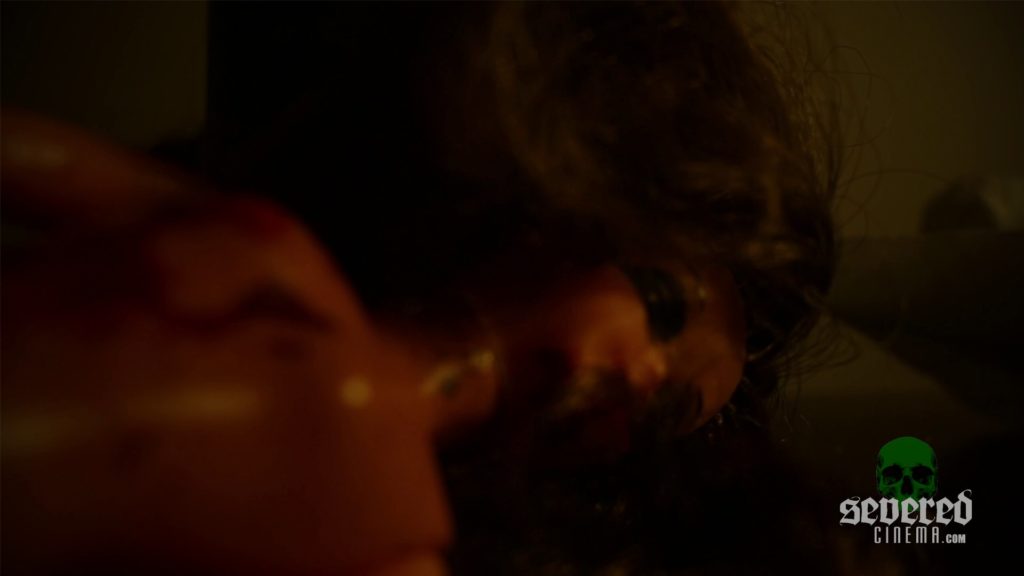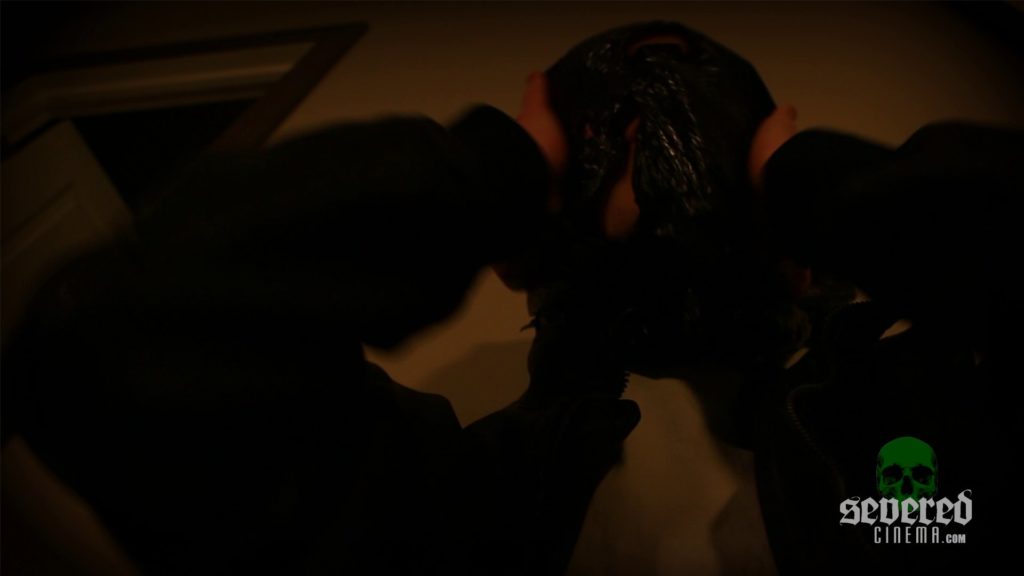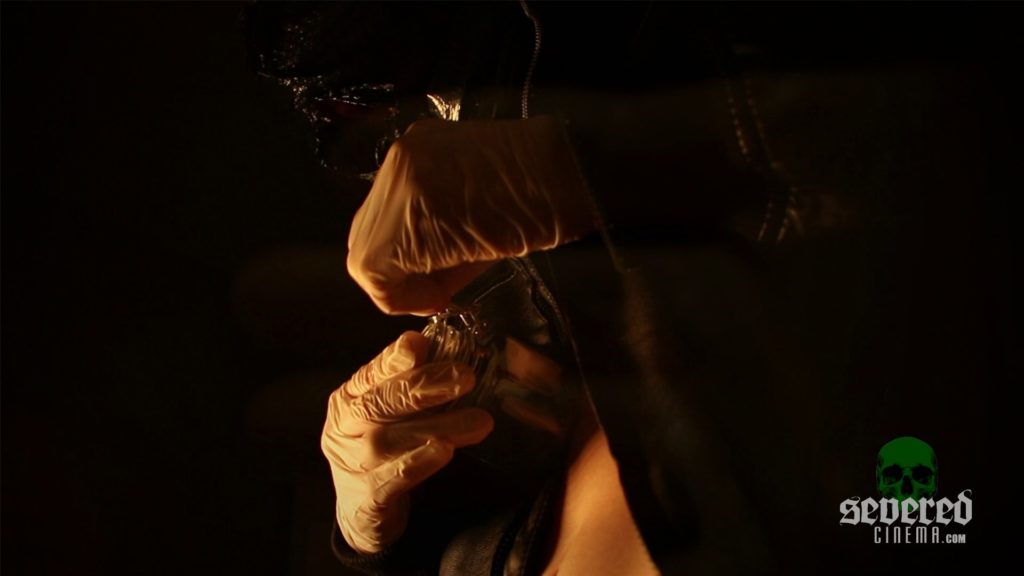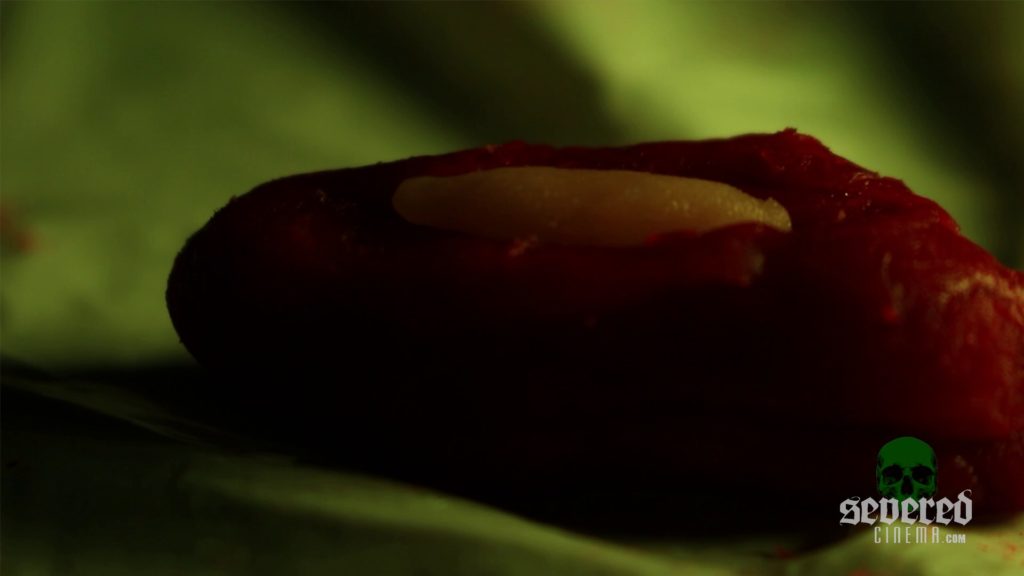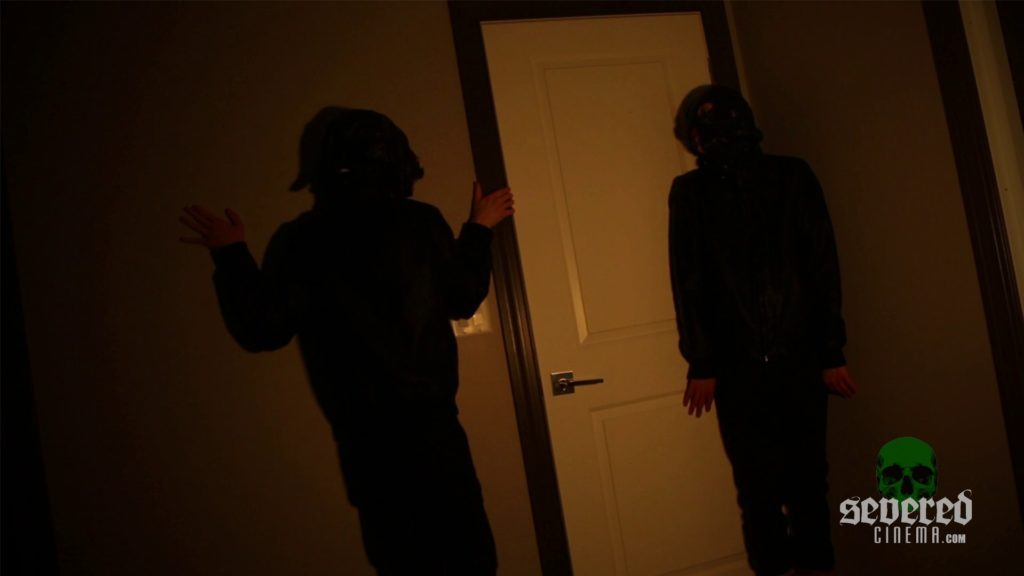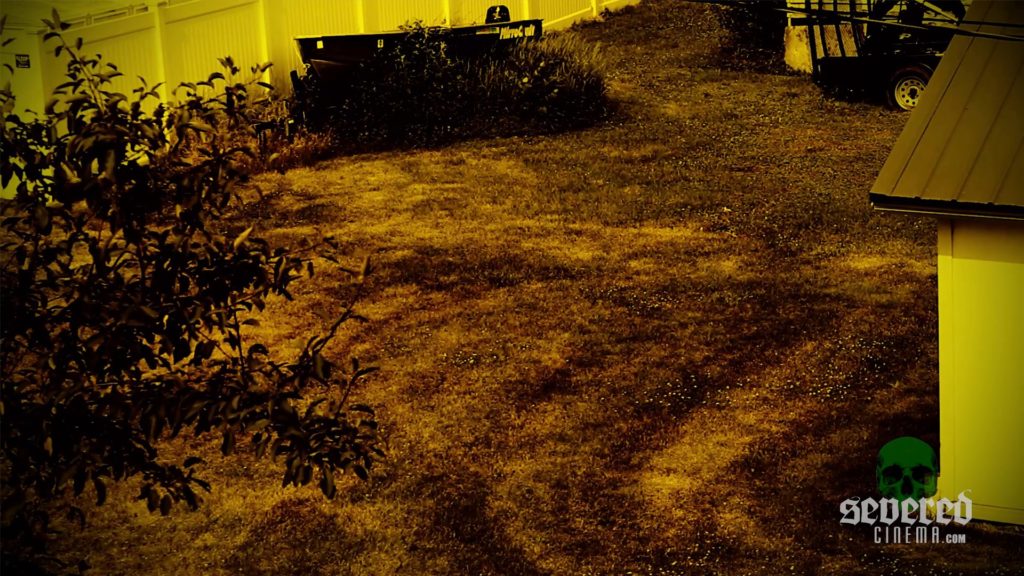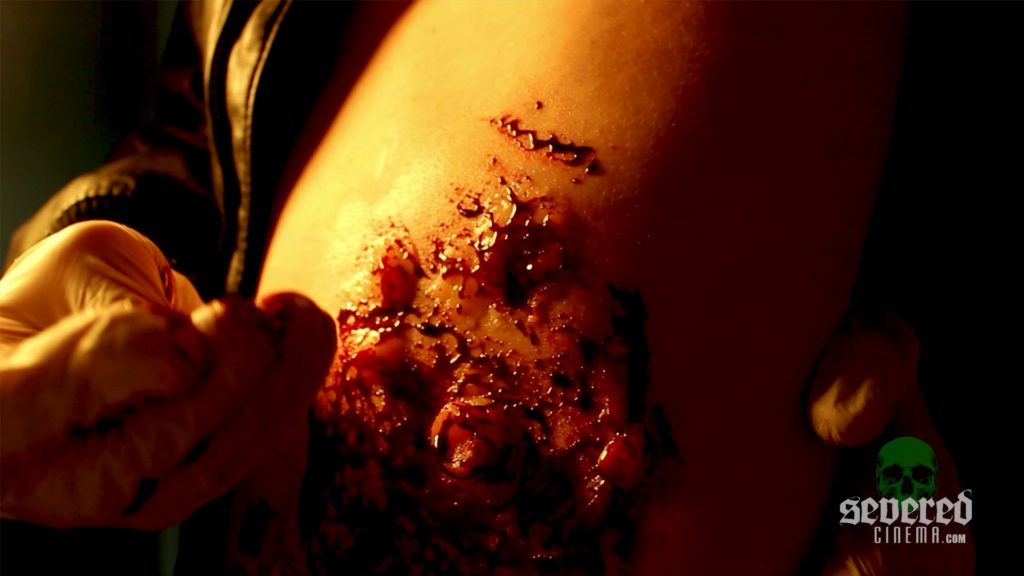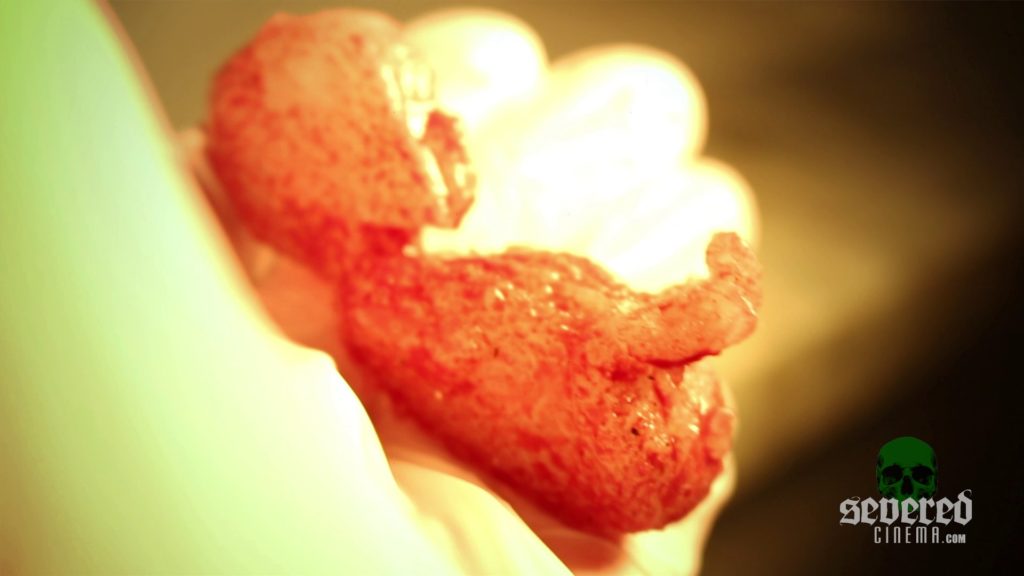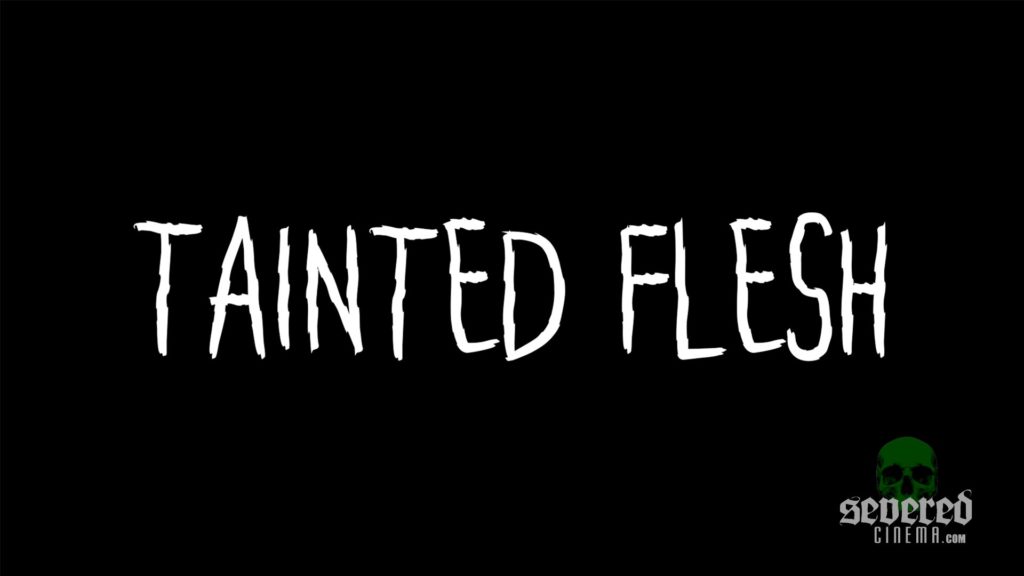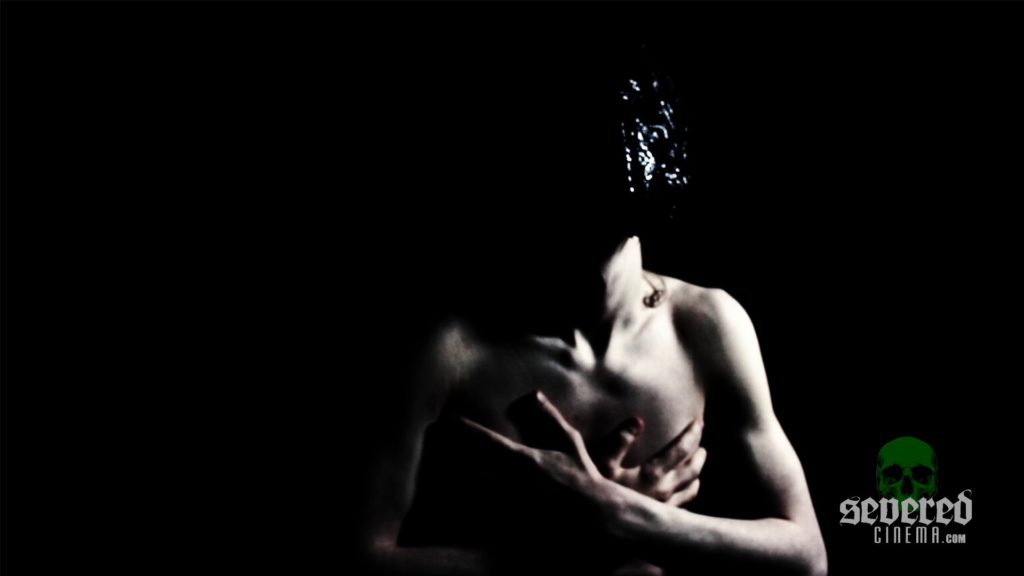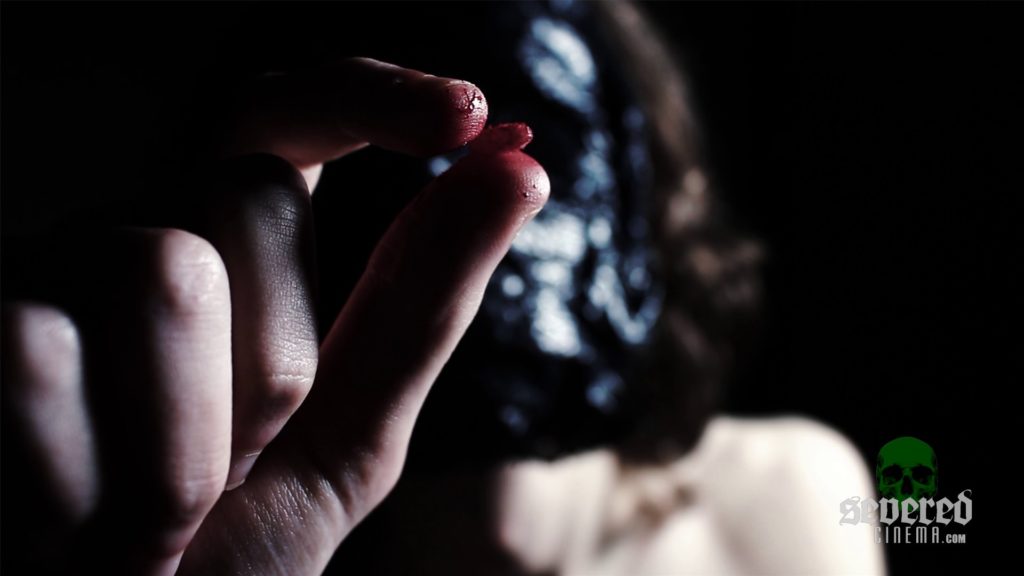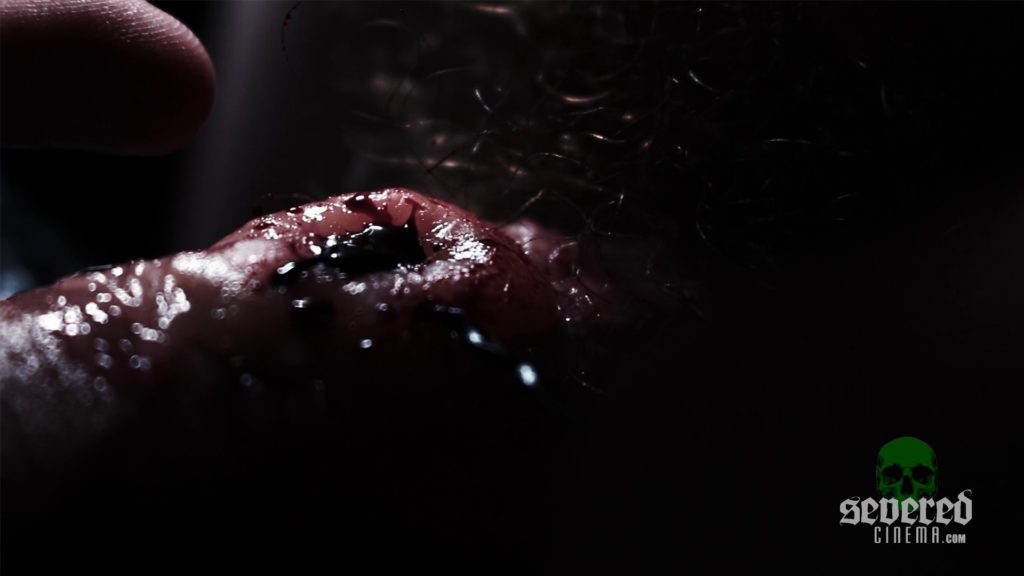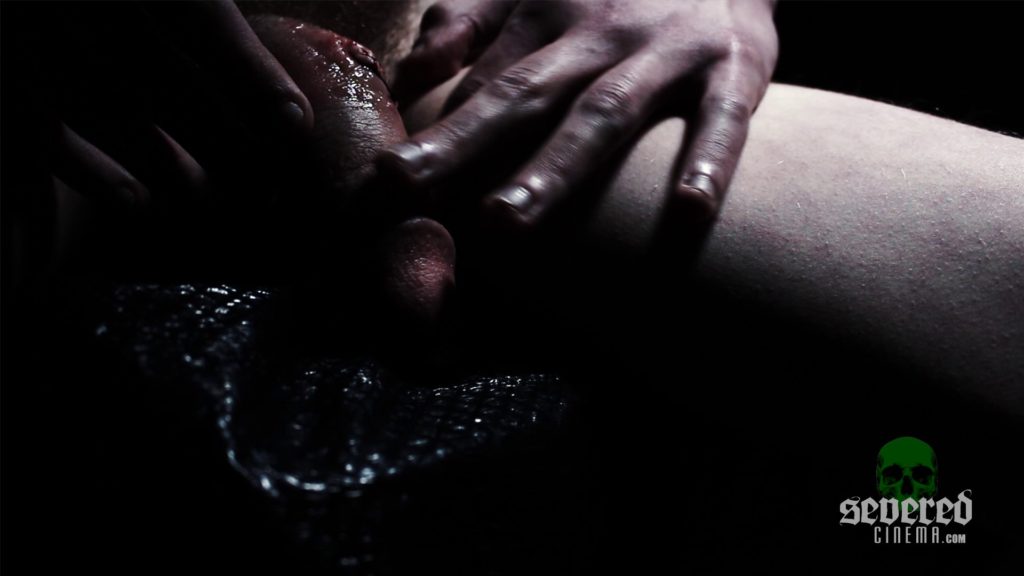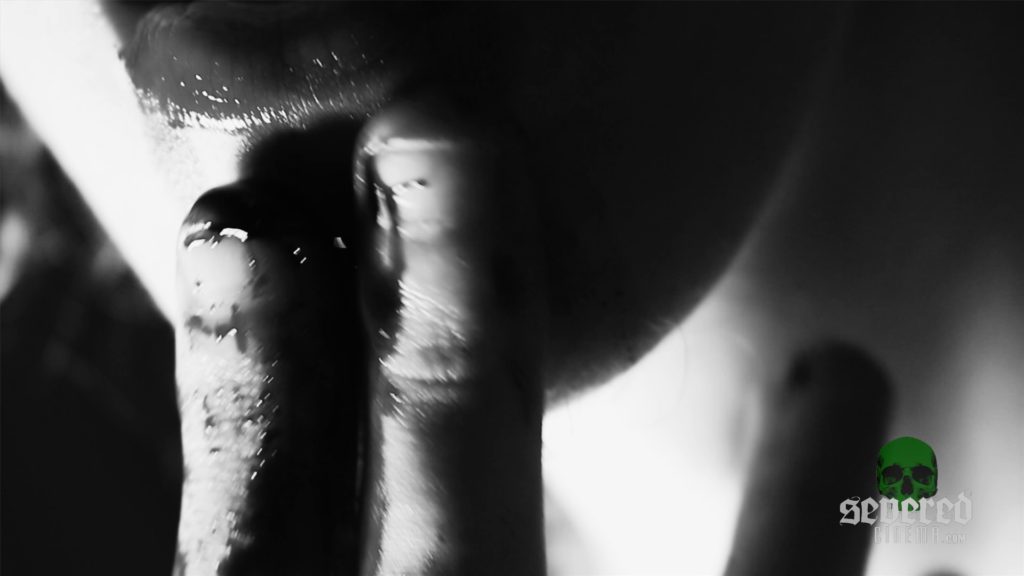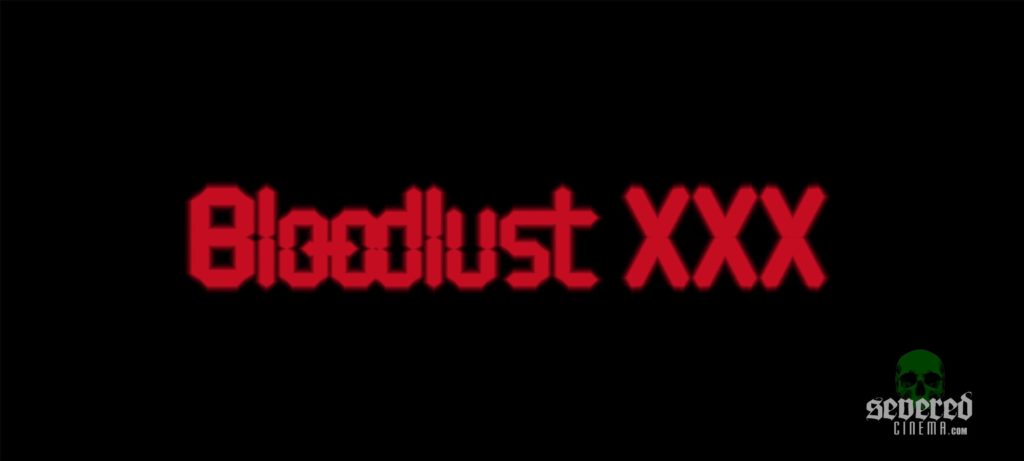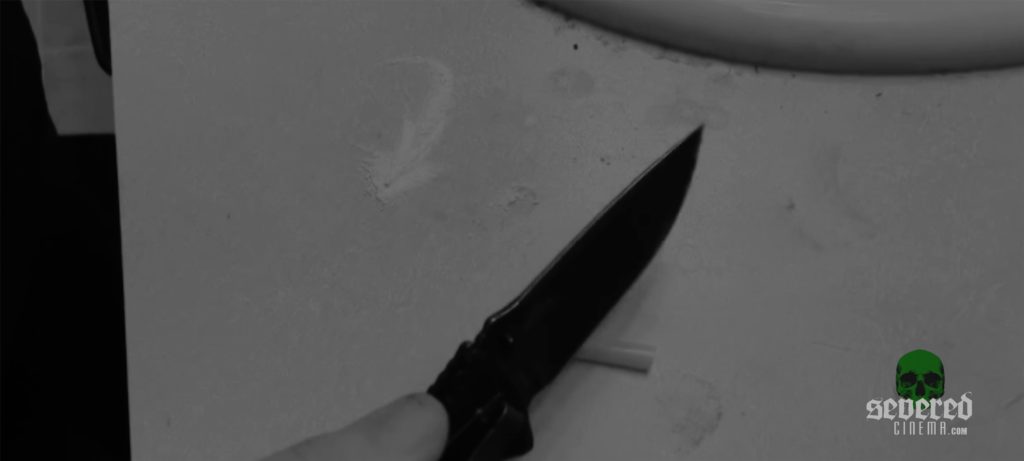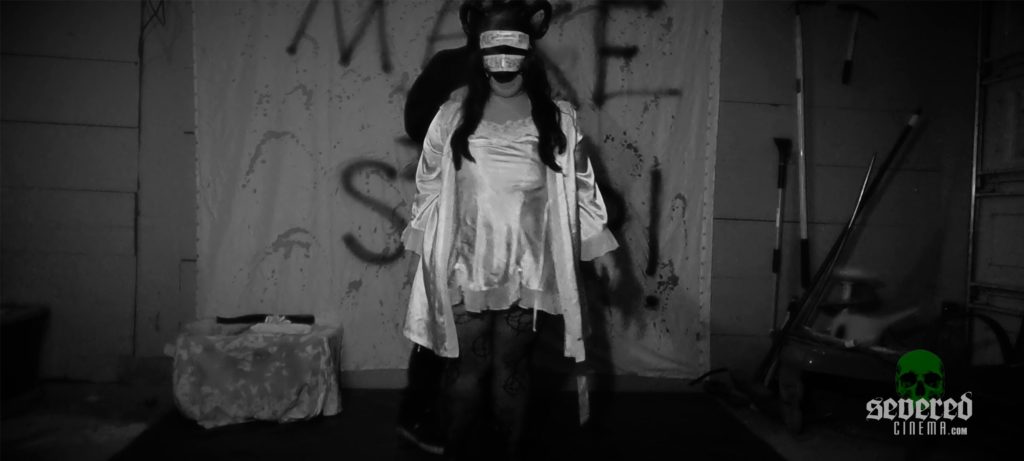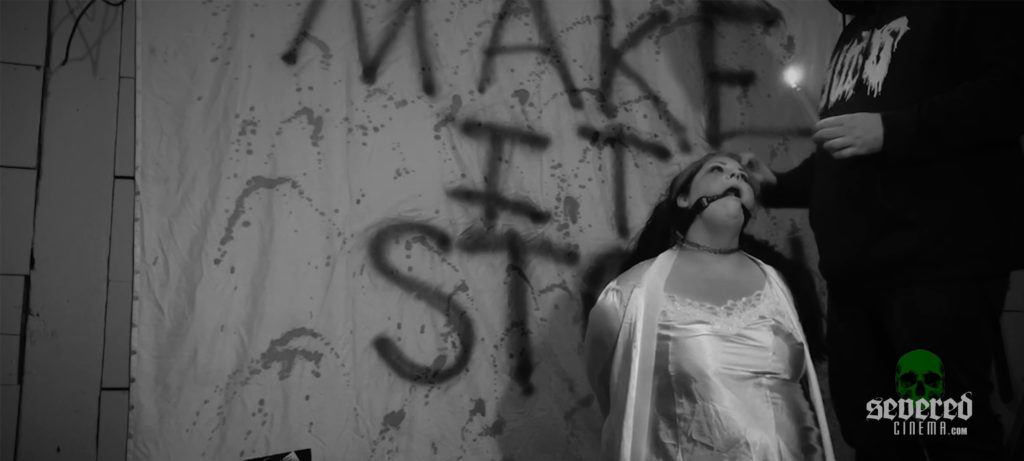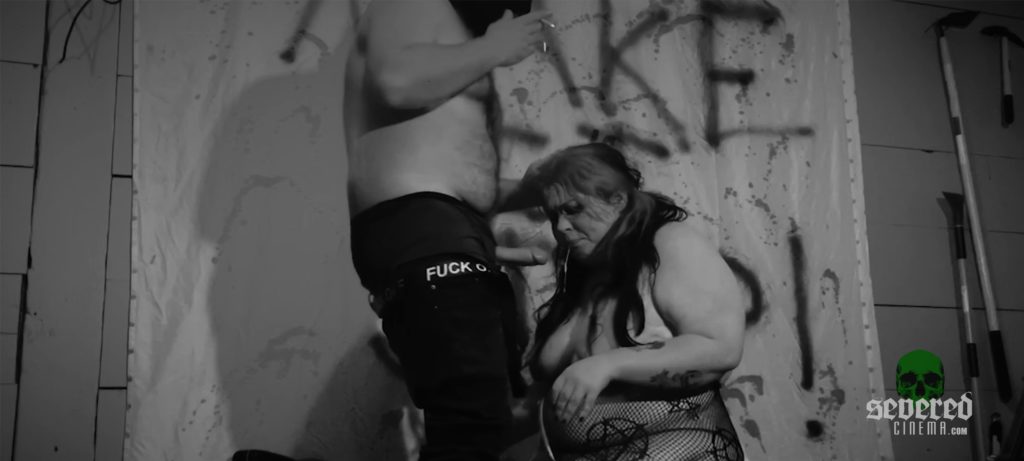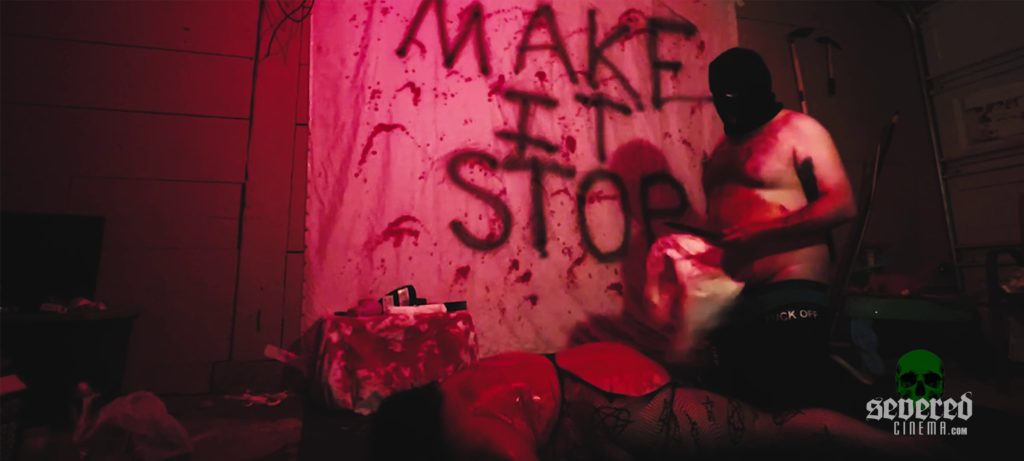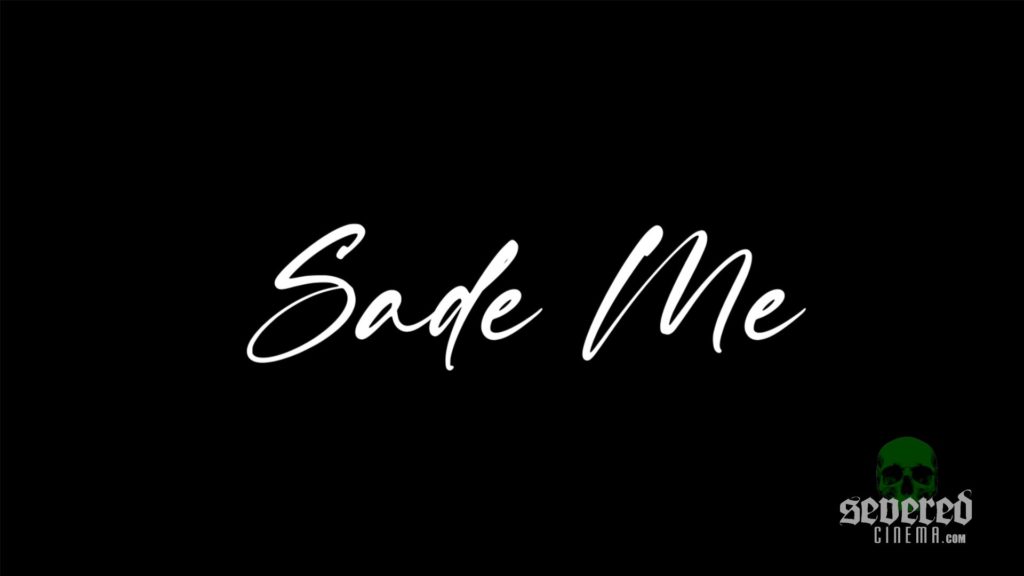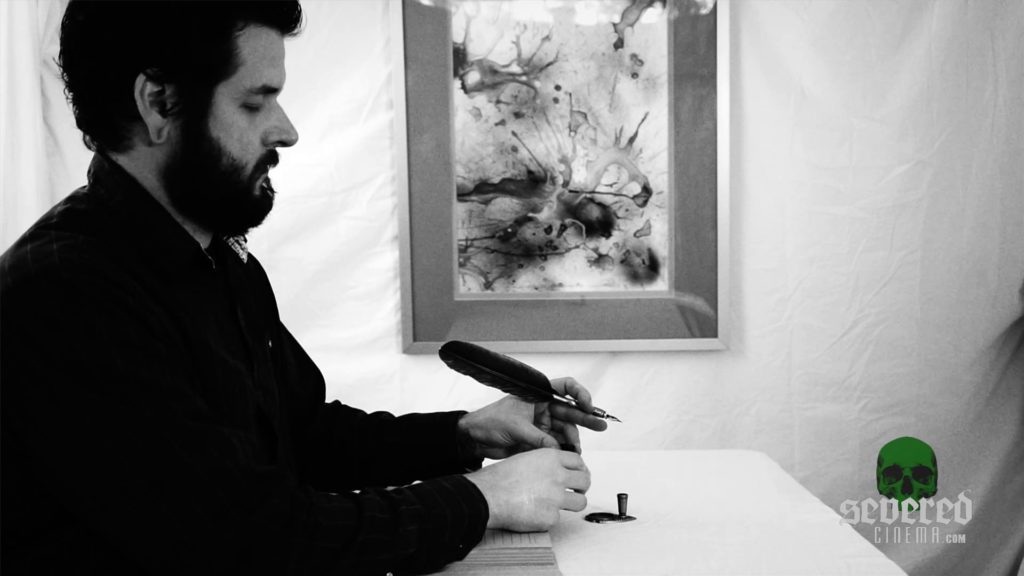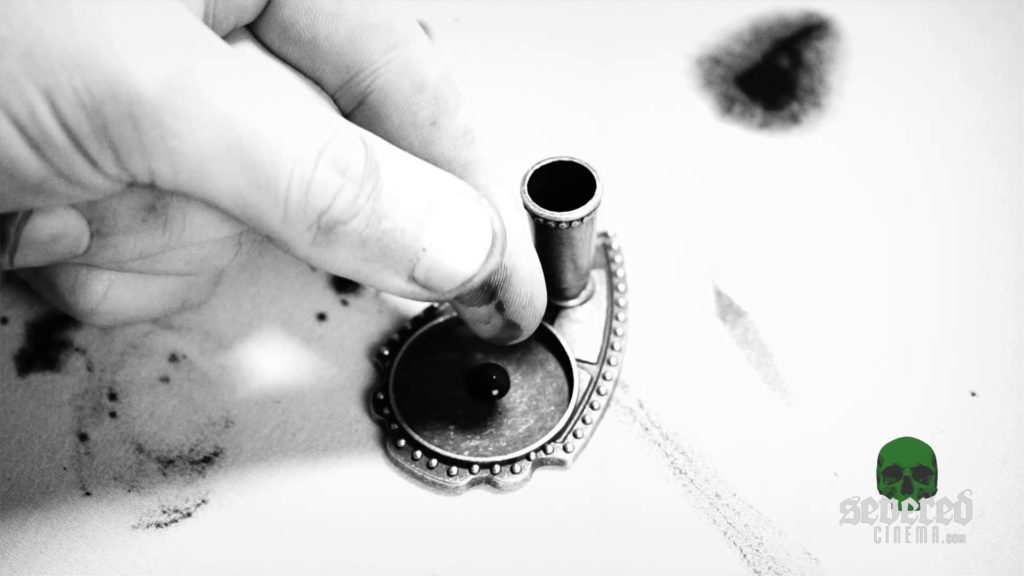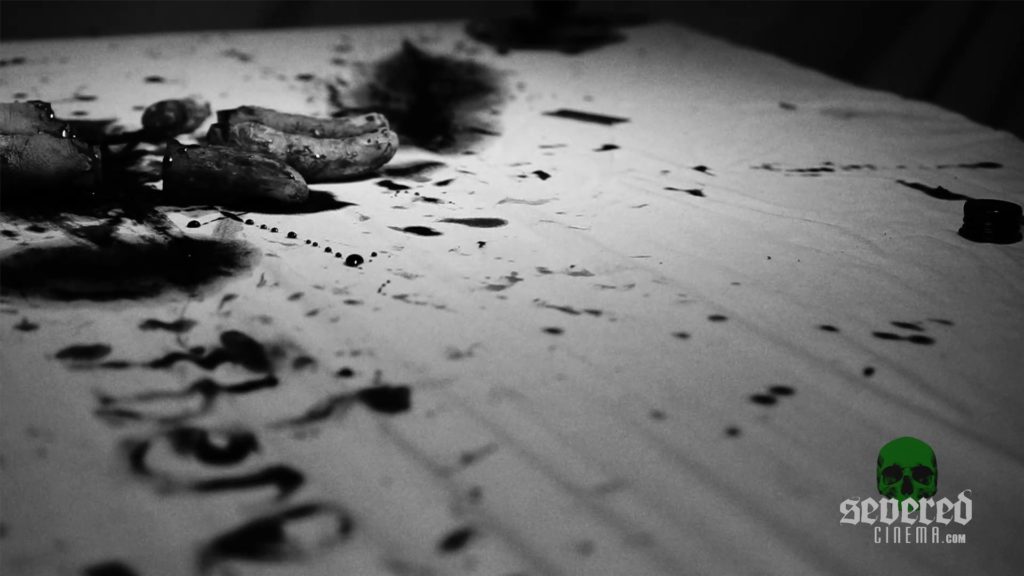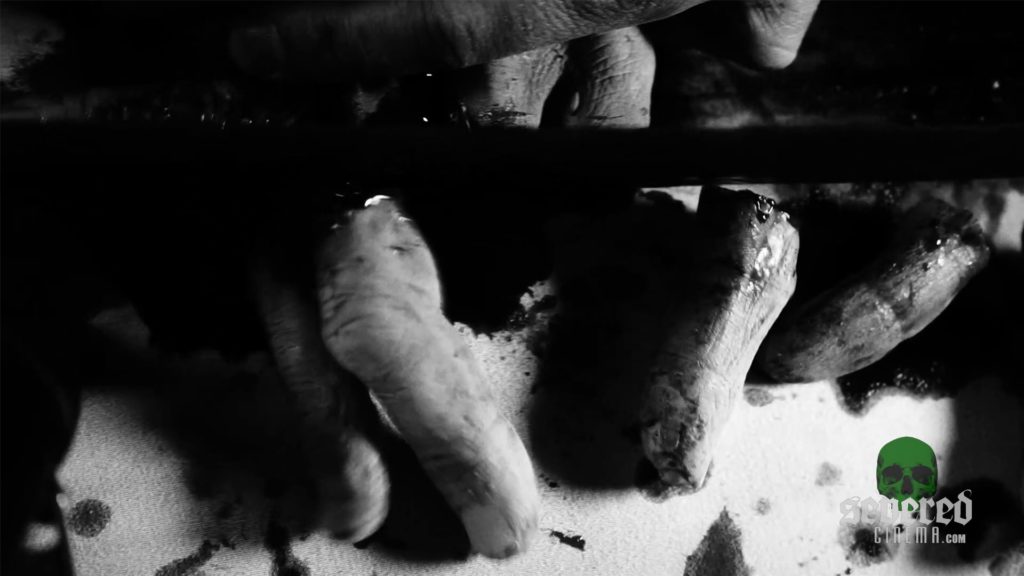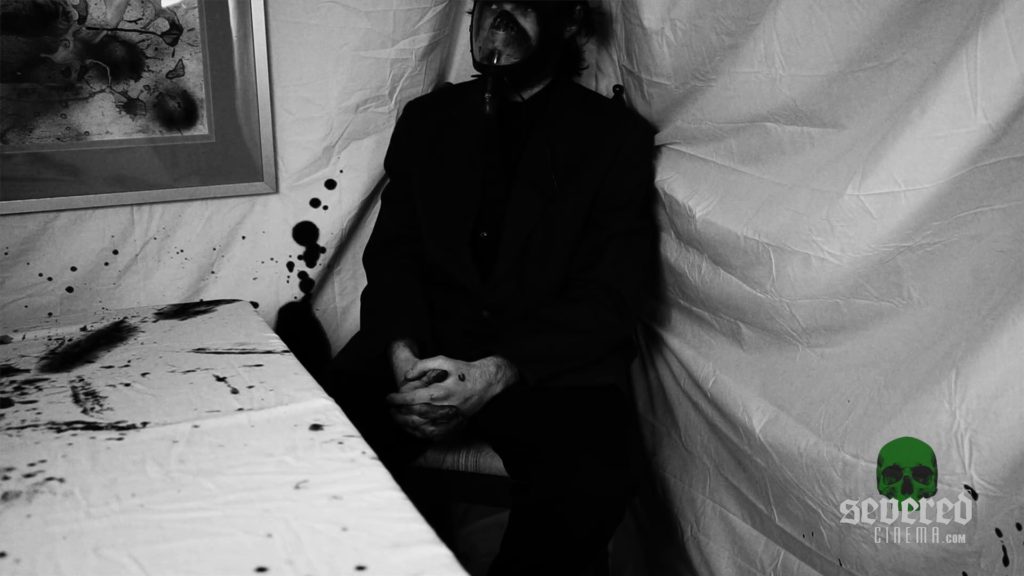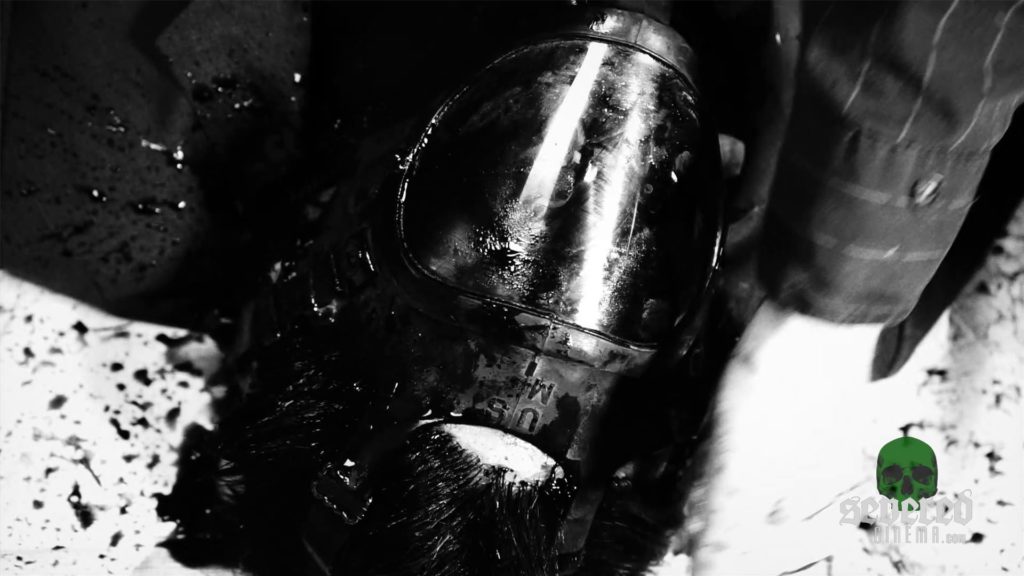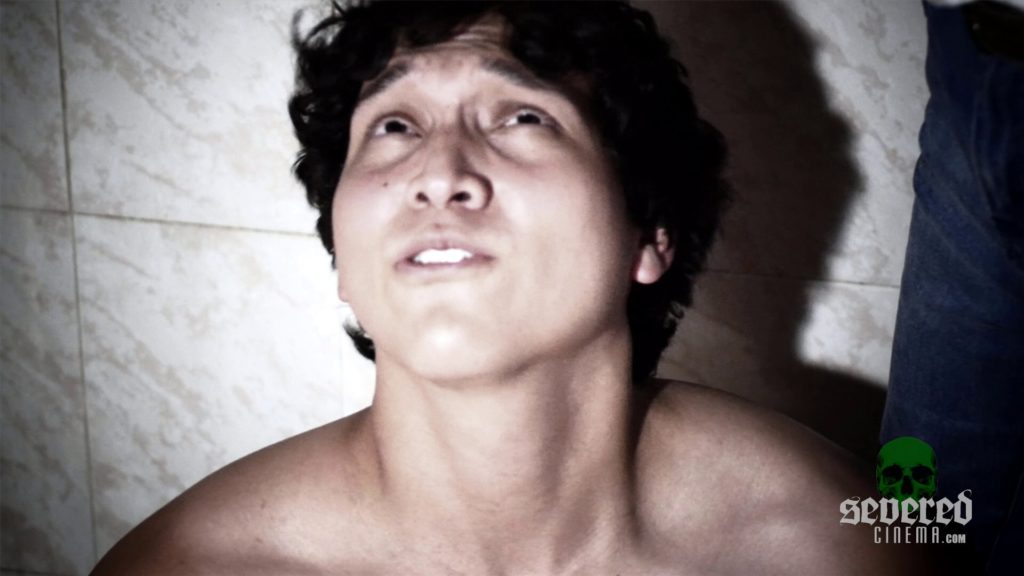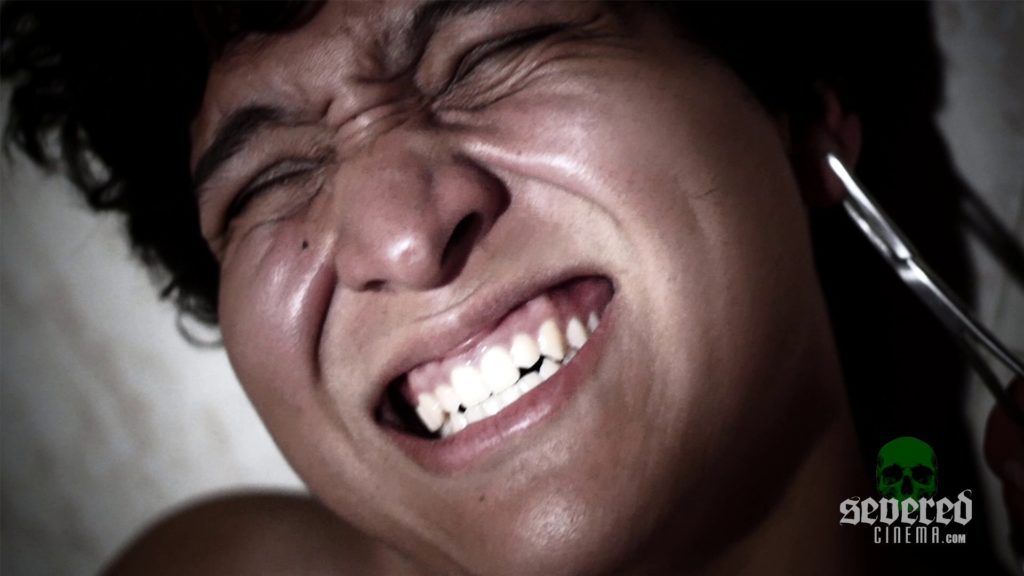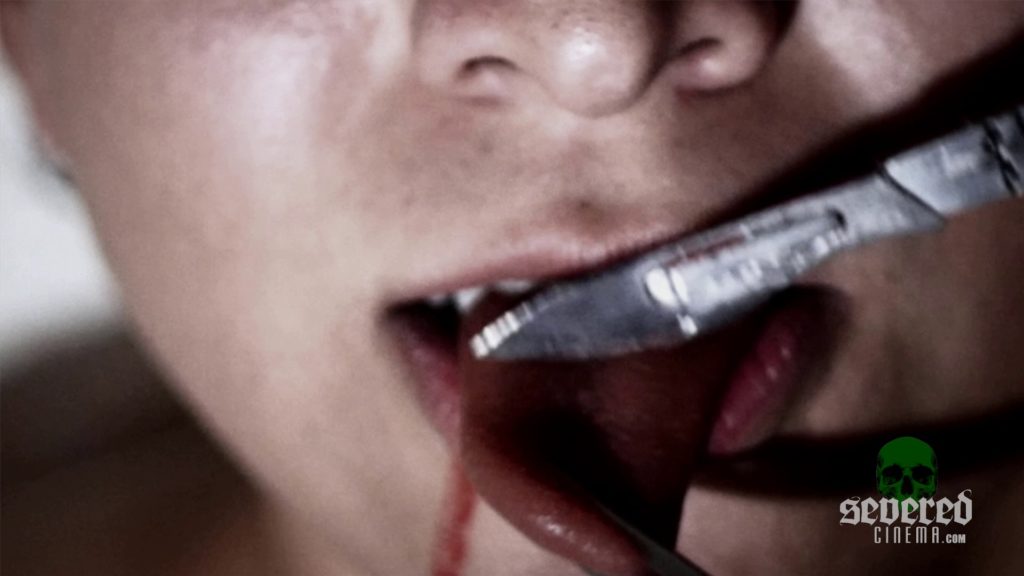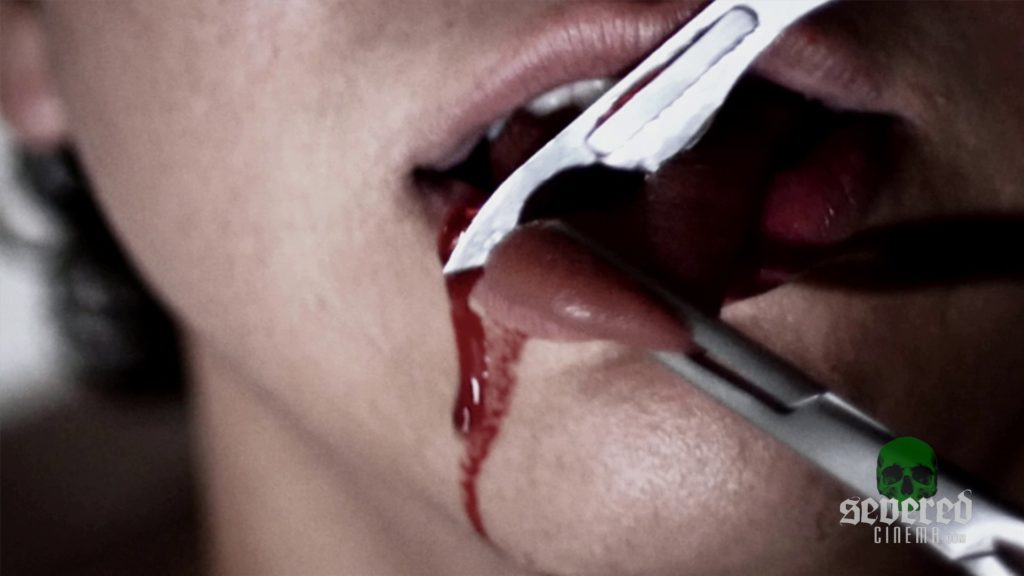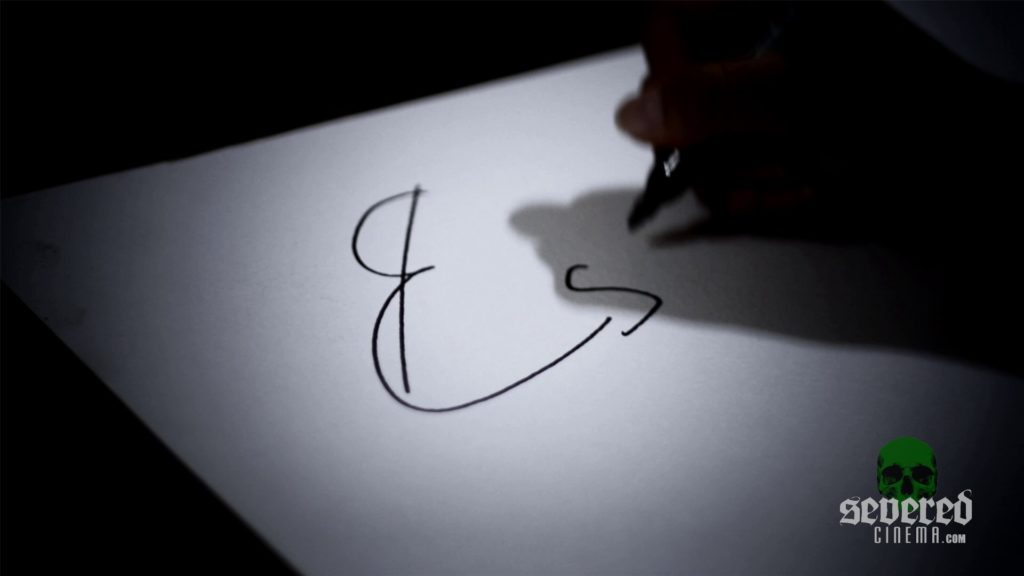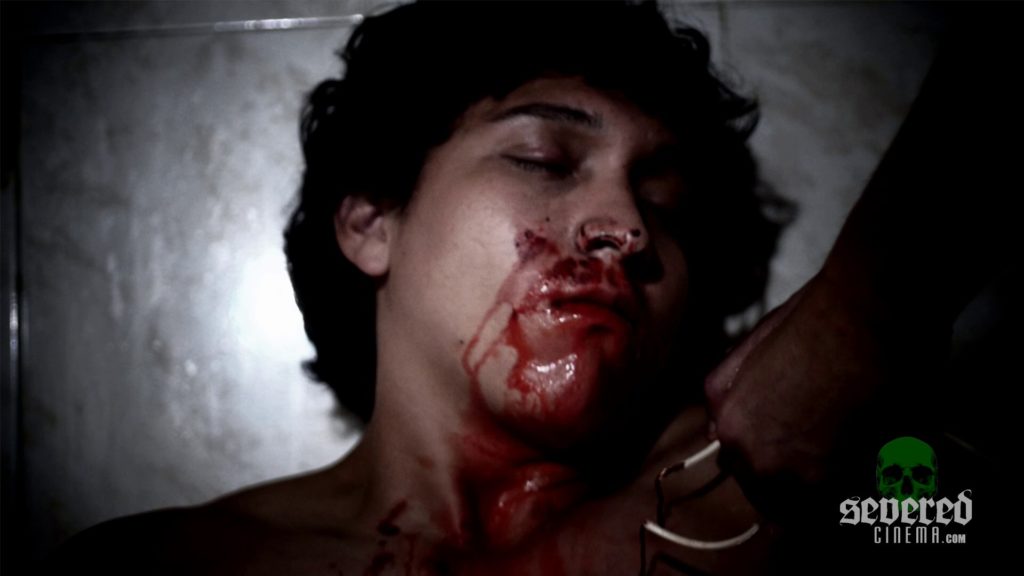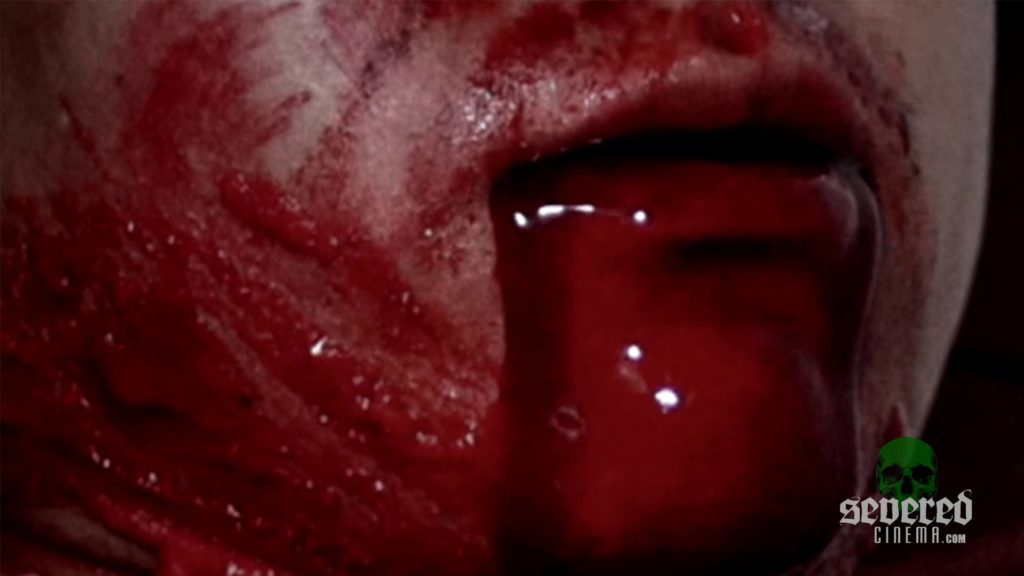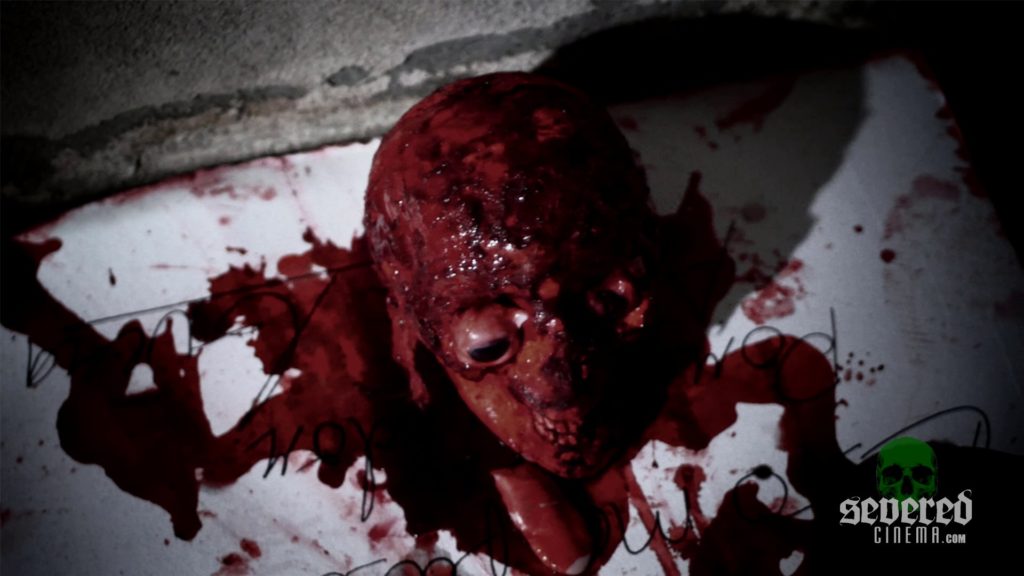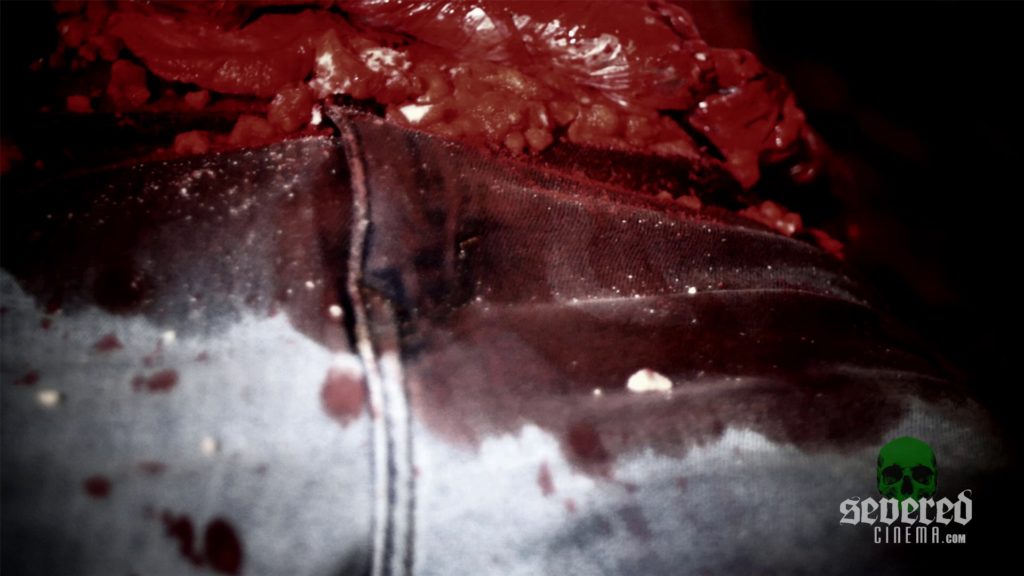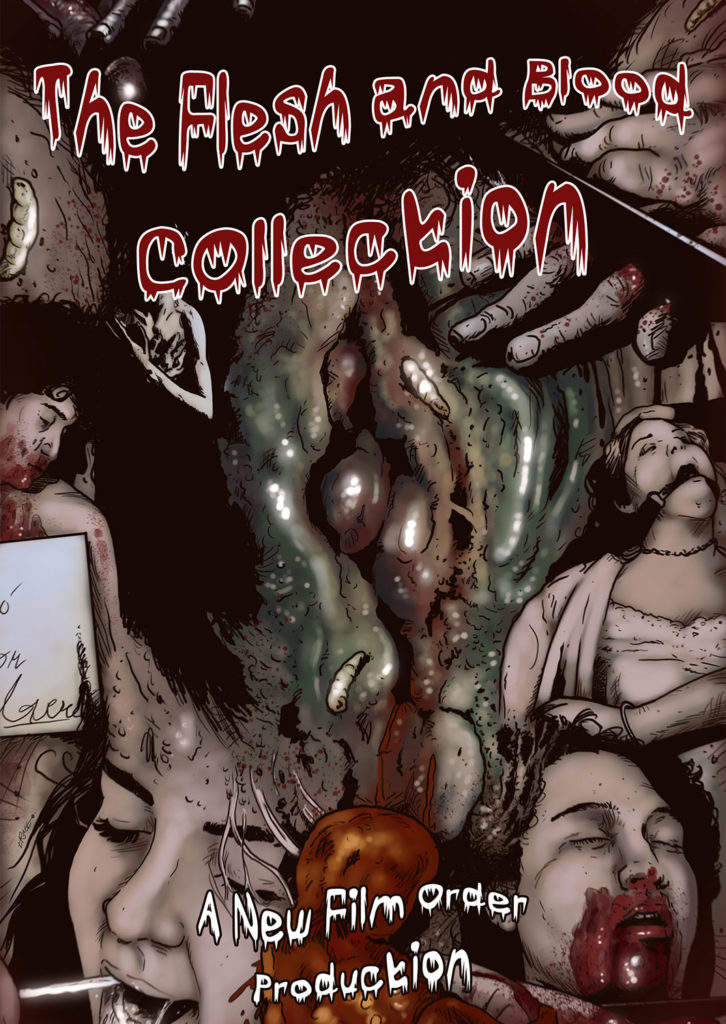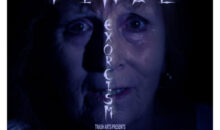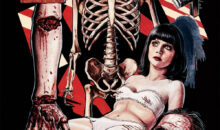Flesh and Blood Unleashed: Gripping the Shadows of the Unconventional in this Diverse Horror Collection!
Agronominon
Agronominon, a short film directed by Jacob B. Green (Slave Dolls), ventures into a perplexing and visually arresting realm, where narrative ambiguity and stark imagery collide. The film opens with modern black and white footage, tinged with an orange filter, capturing the desolate surroundings outside a house. The scene shifts to a dreary interior, where an abused Barbie doll, adorned in an outfit made from covid mask material, shares space with the eerie silhouette of an invisible baby
The masked protagonist awakens on the floor and, in a surreal sequence, retrieves the doll. The narrative then takes a turn with scenes of fetuses in jars, signaling a descent into the bizarre. The character, donned in a leader jacket with gloves, embarks on a strange ritual involving his own specimens, adding some layers of discomfort for the viewer. The masked figure, with a grotesque abdominal growth, engages in unsettling acts, including examining a fetus-like worm and drawing mysterious symbols.
The cinematography channels the spirit of Marian Dora, offering intense and stomach-churning shots. The character’s disturbing actions, from vomiting into jars to extracting a fetus-like entity with tweezers, add to the film’s enigmatic narrative.
Despite the challenge of deciphering a concrete plot, Agronominon stands out for its exceptional photography, stylistic choices, and effective special effects. The mutated stomach is portrayed convincingly, contributing to the overall sense of unease. While the narrative may elude easy interpretation, the film’s visual prowess and atmospheric tension make it an intriguing and unsettling experimental experience.
Tainted Flesh
Tainted Flesh, a 7-minute avant-garde exploration directed also by Jacob B. Green, immerses viewers in a black and white visual landscape. The film unfolds with a naked figure donning a shiny textured mask, sitting in shadow, setting the stage for another journey into the abstract.
The protagonist engages in unconventional acts, caressing various parts of his body with an eerie and hypnotic allure. His head peers around, and the camera captures the extension of his arms, adding to the avant-garde aesthetic.
Then a striking shift occurs when Tainted Flesh introduces intense close-ups of a disturbing penile wound, a grotesque oval sore on the shaft. In monochromatic hues, the character picks at the wound, revealing a healthy maggot, a surreal and unsettling moment. The subsequent close-up sequences of the character attempting to suture the penile wound with needle and thread amplify the visceral impact.
Notably, the film employs a vivid crimson palette for the color sequences, enhancing the contrast with the stark black and white visuals. As the protagonist removes his mask, the use of blood for lipstick and body paint introduces an element of macabre homoerotic tones, blurring the lines between horror and artistry.
Throughout the film, there are additional surreal scenes, such as a close-up of a minuscule piece of gore on a toothpick and more head caressing in the mask. The narrative remains elusive, and Tainted Flesh unfolds as an abstract visual journey, leaving viewers to interpret the symbolism and meaning behind the visceral and cryptic imagery. Jacob B. Green’s adept cinematography, coupled with the bold use of color and stark monochrome, makes Tainted Flesh a visually striking experience.
Bloodlust XXX
Goblin O’Riley’s debut, Bloodlust XXX, delves into fetishistic exploration, leaving viewers pondering the dynamics at play. Amid formulaic acts, the film maintains ambiguity in power dynamics. Set against a grimy backdrop, the narrative unfolds with ritualistic substance preparation, featuring a man in a wrestling hoodie and mask sharing intimate moments with a gimp-masked woman. Provocative acts, including dominance, submission, and redundancy herein.
The film embraces visceral scenes, from golden showers to vomit, and other altercations, to shock the viewer which merely grows tiresome. Wardrobe changes subtly highlight the routine abuse, aiming to unsettle the audience. Bloodlust XXX prompts questions about the intention behind the multitude of fetish horror shorts, questioning the balance between edginess and actual substance. The visceral nature and Isserley’s soundtrack contribute to a chaotic atmosphere, but at times feel burdensome.
While Bloodlust XXX joins the realm of fetish horror shorts, it should spark reflection by the Quality Violent Cinema podcast co-host on prioritizing substance over shock value in this now cumbersome sub-genre.
Sade Me
Sade Me (also reviewed here by Jay Creepy), helmed by director newcomer Christian Michelsen (also from Quality Violent Cinema), unfolds a tale of macabre artistry and brutal symbolism. The scene is set as a man, his quill poised above a book, engages in the act of writing, albeit with a terrible penmanship that foreshadows the impending chaos.
A mysterious figure, donned in a gas mask, disrupts the creative solitude, ruthlessly knocking everything off the table. The narrative takes a gruesome turn as a razorblade is employed to harvest the writer’s blood for a finger-painting ink. Fingers meet a grisly fate, severed in a visceral display that adds to the film’s aesthetic, aligning with the visual tone reminiscent of Stojan’s and Green’s works.
The symbolism deepens as a tongue is cruelly removed, evoking thoughts of silencing and censorship in our society. The gas masked antagonist, seemingly pleased with the artist’s plight, watches the aftermath unfold with a sense of sinister satisfaction.
The narrative then descends into a spiral of revenge, marked by visceral violence. The film draws inspiration from the infamous Marquis de Sade, adding a layer of historical influence to its nightmarish tableau.
Sade Me is a visually striking exploration of the dark corners of artistic expression, utilizing brutality and symbolism to reflect on the silencing of creativity in a society fraught with censorship. The film’s beauty lies in its ability to disturb and provoke thought, leaving audiences in a contemplative state.
Neo Blood X
Diving into the abyss of psychological horror, Neo Blood X, directed by extreme cinema auteur, David Stojan (Slave Dolls), grips its audience from the very start. The film opens with an intense scene featuring a shirtless protagonist, stark against a cold, tiled wall. The unsettling atmosphere is set as a person with a distorted voice demands the truth, his chest battered by the forceful impact of a baseball bat wielded by the unseen tormentor.
As the narrative unfolds, we witness the captive’s anguish escalate. A hemostatic clamp grips his ear, each question laced with a chilling sense of urgency – “How many did you kill?” Despite vehemently denying any involvement in such heinous acts, his plea to leave falls on deaf ears. The tormentor steps on him, asserting dominance in a sequence that amplifies the intensity of the film.
The climax of brutality arrives as a scalpel is employed to sever the captive’s tongue, a visceral and shocking moment that raises myriad questions. Is the tormented man truly an innocent victim, or does he harbor a sinister past? The ambiguity of his alleged crimes and the identity of his captor add layers of complexity to the narrative.
Neo Blood X is masterfully shot and edited and plays with the audience’s perceptions, weaving a dark and enigmatic tale of torment and retribution. The unsettling visuals, coupled with the unanswered questions, leave viewers on the edge of their seats, contemplating the thin line between victim and villain. This short film invites audiences to grapple with the shadows of morality, creating an atmosphere that lingers after the credits roll.
The Flesh and Blood Collection on DVD offers a chilling and eclectic array of these horror shorts that, for the most part, push the boundaries of conventional storytelling and delve into the darkest recesses of human experience. Agronominon, directed by Jacob B. Green, takes viewers on a perplexing and visually arresting journey, blending narrative ambiguity with stark imagery. Tainted Flesh, another creation by Green, immerses audiences in an abstract exploration of the human form, utilizing avant-garde aesthetics and intense symbolism. Neo Blood X grips its audience with psychological horror, masterfully shot and edited, leaving viewers grappling with questions of morality and retribution. Goblin O’Riley’s Bloodlust XXX delves into fetishistic exploration, prompting reflection on the balance between edginess and substance in the genre. Lastly, Sade Me, directed by Christian Michelsen, offers a visually striking exploration of macabre artistry and brutal symbolism, weaving a narrative that reflects on the silencing of creativity in a censorious society. The collection showcases a diverse and range of horror visuals and is available from New Film Order here.

